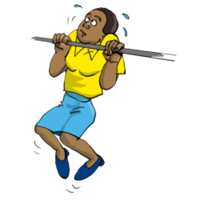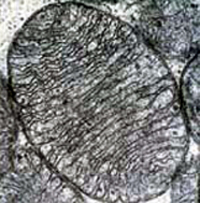Moving in Curves
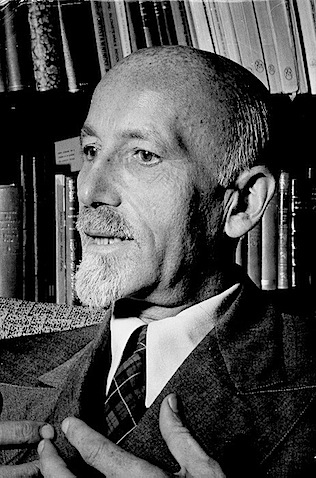
“The movement of every energy and trend takes a curved direction. This is why there is no straight-line, lapse-free evolution in human nature or history. And the curve develops itself with time into a circle, and this again with further time into a spiral.”
–Paul Brunton (a.k.a. Raphael Hurst, English Philosopher, Traveler, Spiritual Teacher and Author, 1898-1981)
The True Nature of Things
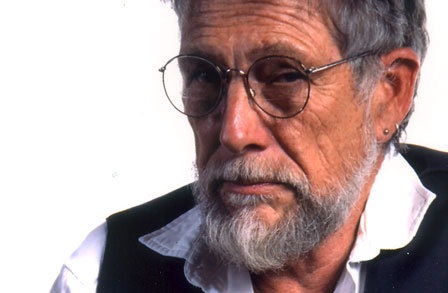
“The Sioux idea of living creatures is that trees, buffalo and man are temporary energy swirls, turbulent patterns. You find that perception registered so many ways in archaic and primitive lore. I say that it is probably the most basic insight into the nature of things, and that our more common, recent Occidental view of the universe as consisting of fixed things is out of the main stream, a deviation from basic human perception.”
–Gary Snyder (American Pulitzer Prize Winning Poet, 1930-)
Mind, “Energy” and Soul
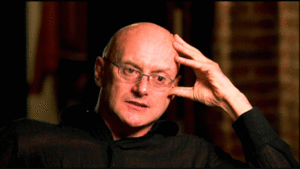
“Prana is implicate to matter but explicate to mind; mind is implicate to prana but explicate to soul; soul is implicate to mind but explicate to spirit; and the spirit is the source and suchness of the entire sequence.”
–Ken Wilber )American Philosopher, 1949-)
An Energetic Internet
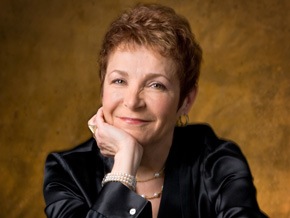
“Science and religion tell us that we are energetically interdependent; that matter and energy are the same throughout the universe. Our spiritual interconnectedness and intuitive signals form, in effect, an energetic Internet.”
–Caroline Myss (American Medical Intuitive, Mystic and Author, 1952-)
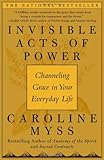
“Invisible Acts of Power: Channeling Grace in Your Everyday Life” (Caroline Myss)
Willpower: The Energy of the Creative Principle
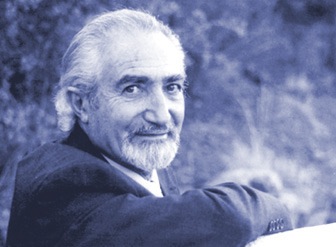
“Willpower is the energy of the Creative Principle in the Universe. It is the power that creates, sustains, and destroys. Because everything is emanated from this principle, the Core of every atom, cell, form, entity, and soul has its own willpower.
It is the inner Core or inner Divine Spark that is a portion of that energy of the Creative Principle of the Universe. It is this willpower that gradually paves the way for you to direct your steps toward Home, toward the source of the Creative Principle.”
–Torkom Saraydarian (Armenian-born American Spiritual Teacher, Musician and Writer, 1917-1997)
An Empty Mind WIth A Body Full of Light and Heat
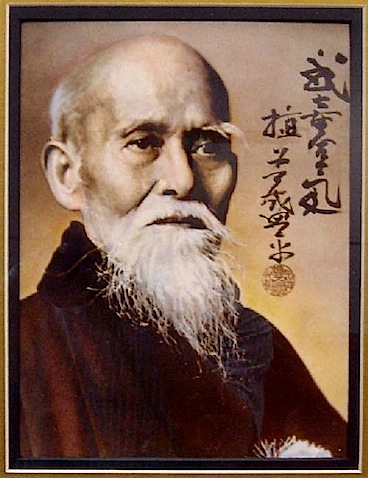
“Always keep your mind as bright and clear as the vast sky, the great ocean, and the highest peak, empty of all thoughts. Always keep your body filled with light and heat. Fill yourself with the power of wisdom and enlightenment.”
–Morihei Ueshiba (Japanese Martial Artist and Founder of Aikido, 1883-1969)
Concentrate Your Energy. And Don’t Stop!

“The Magic Of Believing” (Claude M. Bristol)
“One essential to success is that your desire be an all-obsessing one, your thoughts and aim be coordinated, and your energy be concentrated and applied without letup.”
–Claude M. Bristol (American Writer, 1891-1951)
Causes of Fatigue
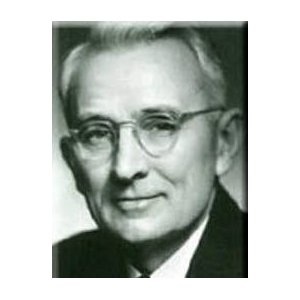
“One of the chief causes of fatigue is boredom. Our fatigue is often caused not by work, but by worry, frustration and resentment. We rarely get tired when we are doing something interesting and exciting.”
–Dale Carnegie (American Educator and Author, 1888-1955)
Compassion and Energy
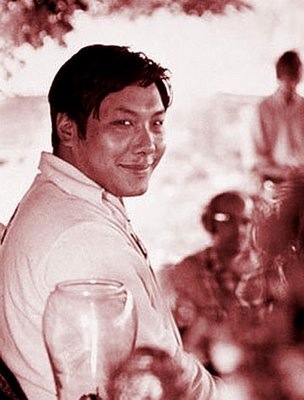
“Compassion automatically invites you to relate with people because you no longer regard people as a drain on your energy.”
–Chögyam Trungpa (Tibetan Buddhist Meditation Teacher, Scholar, Artist and Founder of Naropa University, 1940-1987)


